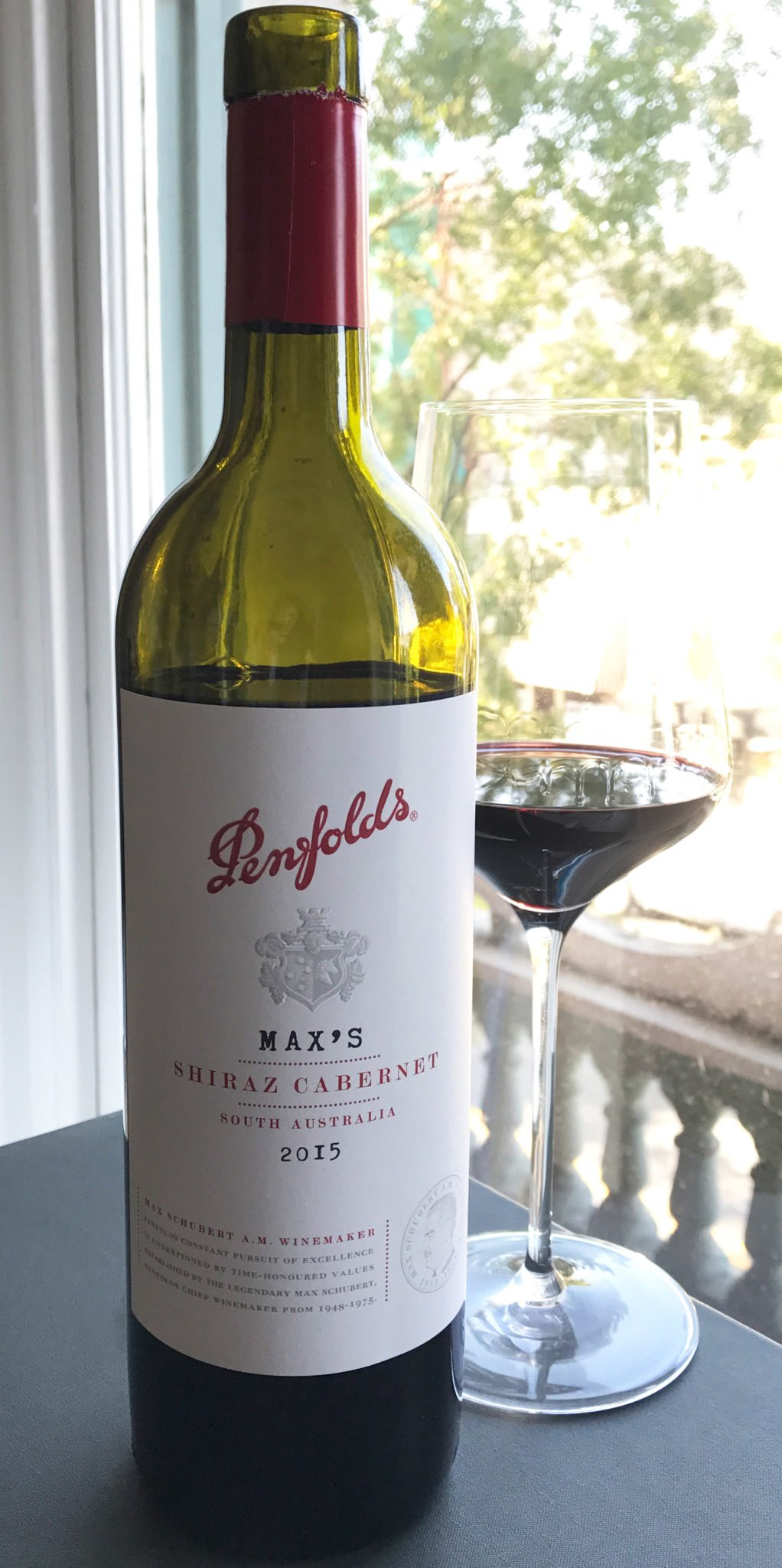
PENFOLDS | “MAX’S” SHIRAZ CABERNET 2015</3>
(South Australia, Australia) $20

I admire Max Schubert, after whom this wine was named. Schubert apparently didn’t flinch when a critic described his first commercial vintage of Grange as “a concoction of wild fruits and sundry berries with crushed ants predominating.” (Grange, of course, has gone on to be one of Australia’s most famous wines.) Six decades later, this homage to Schubert is an every night, straightforward, delicious red—maybe the kind of wine Schubert drank a lot in Oz in the 1950s. At $20, it’s not like its big brother Grange ($850), but for a Wednesday evening with a roast chicken, it’s just right. (14.5% abc)
89 points KM
Available at Applejack Wine & Spirits

A wine that has taken on baked or cooked flavors as a result of being exposed to high temperatures for a sustained period of time is known as:
- A. Volatilized
- B. Maderized
- C. Caramelized
- D. Autolyzed
Scroll down for the answer!

A PASSION FOR PAPRIKA
Paprika, along with several other Hungarian culinary essentials—tomatoes, sour cherries, coffee and phyllo (which the Hungarians immortalized by reinventing as strudel)—were all introduced by the Turks during their numerous occupations. Be that as it may, in Hungary, paprika found its truest admirers. Even something as simple as paprika chicken (paprikás csirke) is a kind of lusty and luscious duel between the tangy richness of sour cream on the one hand and the tantalizing bite of paprika on the other. The Hungarian’s classify paprika into eight types, starting with the mildest and sweetest, Különleges, which is bright red in color, to Erős, a very spicy version that is light brown in color. Interestingly, the peppers used to make paprika have the highest Vitamin C content of any vegetable. Indeed, paprika was used in experiments by Hungarian physiologist Albert Szent-Györgyi, who won the Nobel Prize in Physiology and Medicine in 1937 for his discovery of Vitamin C.


ROUGH
Used to describe the course texture of a (usually young) tannic red wine before. Aging can sometimes soften a rough wine.

“For wine lovers, the discovery of terroir is a breakthrough that cannot be unbroken. Once you’ve found it, you’ll seek it in all wines for the rest of your life.”
—Patrick Comiskey, from the Forward to the upcoming book Wine and Place by Tim Patterson and John Buechsenstein (UC Press)

B. Maderized is the term for a wine that has been subject to a long period of heat. The best-known example is Madeira, a wine that is both maderized and oxidized. Historically in the case of Madeira, the wine was stored for decades in producers’ attics, which built up tremendous heat under the Madeiran sun. Today, Madeira wine is more commonly heated slowly in tanks (a process known as estufagem) until it reaches temperatures as high as 130 degrees F. Needless to say, table wines should not be maderized.








